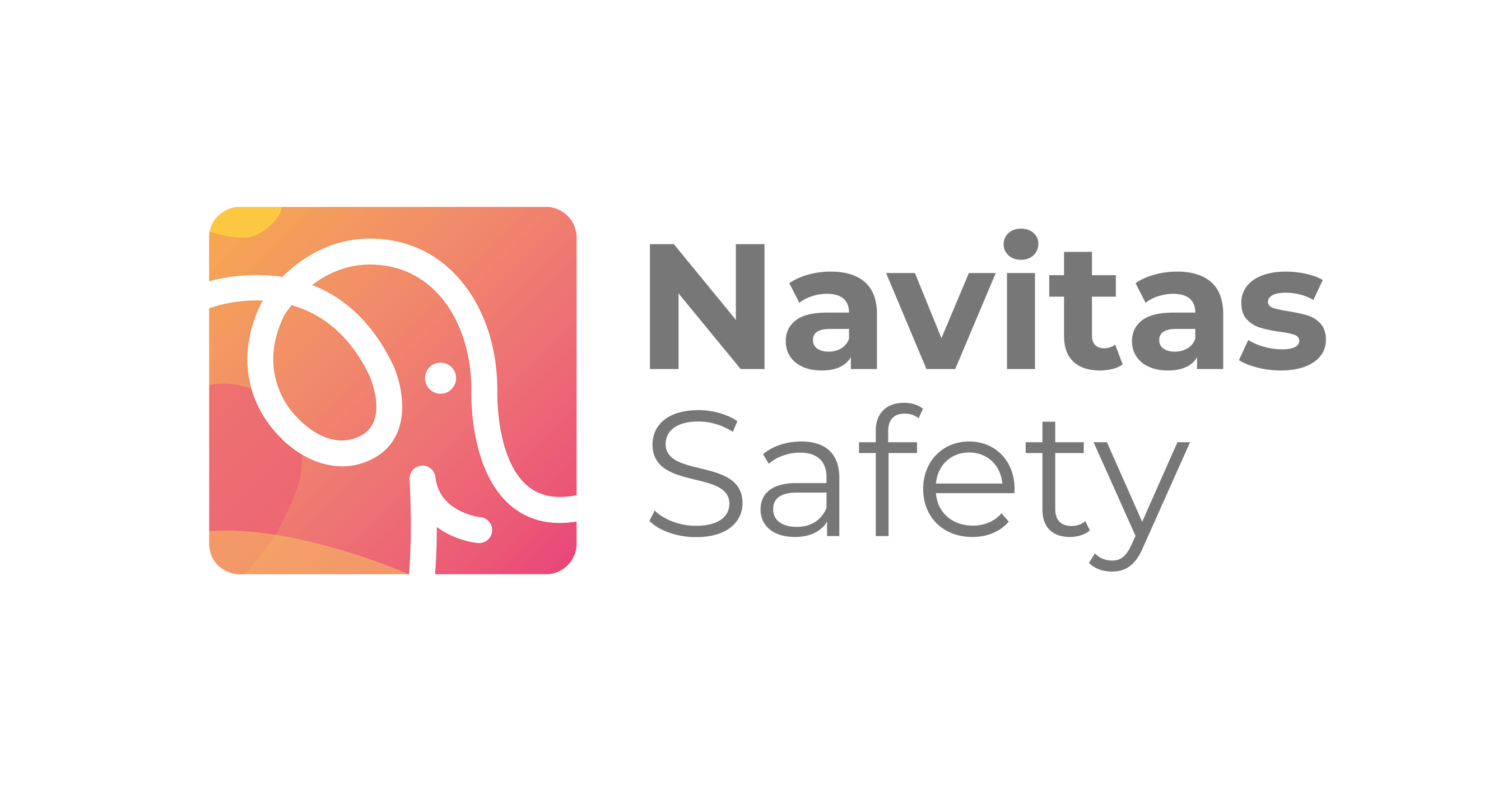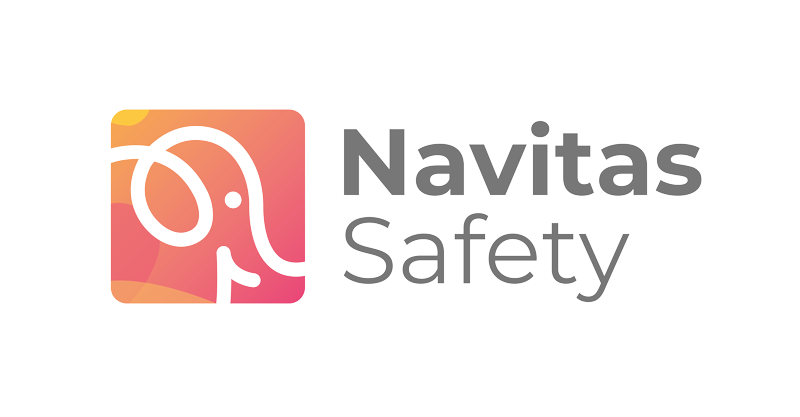It’s a question we get a lot: ‘What are internal audits?’
Our Safety Services team are always supporting clients with their auditing and consultancy needs as an external safety partner, but sometimes you want a tool for managing and maintaining your safety reviews independently.
That’s where an internal audit comes in.
What are internal audits?
So, what are internal audits? An internal safety audit, or self audit, assesses the safety standards of a business. It is a proactive safety measure encouraging the manager to look at the business with a fresh pair of eyes to identify any issues or hazards, and remedy them.
An internal audit is conducted internally, rather than via a third party (such as an External Safety Audit or an Environmental Health inspection). This allows the business to analyse and evaluate their safety processes as an ongoing practice, without having to wait for an external viewpoint or with the pressure of immediate consequences.
This can be conducted on paper checklists, or with Internal Audit Software that contains bespoke digital audit templates and generates instant results and action plans for you. If you’re recording your self audit manually, ensure your records are kept well maintained as evidence of your commitment to safety and due diligence. If you’re recording your self audit on a digital software, you’re all set! Your results and all time/date/user stamps are recorded automatically and safely stored – ready to show an EHO or higher management at their request!
How often should internal safety audits be conducted?
You should be completing a self audit as often as your safety policy or HACCP describes. For some businesses this will be monthly, for others it could be quarterly. If your policy doesn’t give any specific time frames, then a monthly frequency is recommended. This allows you to spot issues and hazards in a timely manner.
You can also expand the types of internal audits you conduct. For example, operational teams can perform monthly spot checks in addition to the more comprehensive audits conducted by management teams. This approach ensures that issues are addressed promptly, preventing them from escalating into larger problems that require more time to resolve and could have serious consequences.
Is it a legal requirement?
Completing a self audit is not specifically a legal requirement, however, it does help you comply with other aspects of food safety and health and safety legislation. But, an issue found during a self audit might be something that you legally should have been doing.
Who is responsible for carrying out internal safety audits?
There is no required job title to qualify for the responsibility, but it is usually completed by the individual in the business who is responsible for safety management – e.g. the owner, general manager, operations director, head chef, etc. Someone who can identify issues and take corrective action.
What are the different types of internal safety audits?
There are three different types of internal safety audit – based on what aspect of safety you are assessing. It could focus solely on food safety, solely on health and safety, or look at a combination of both.
Health and Safety
A health and safety focused self audit assesses whether you are working to the legal requirements outlined in The Health & Safety At Work Etc. Act 1974. It is used to evaluate an organisation’s health and safety policies, procedures, and practices in order to identify areas for improvement and promote a safe and healthy working environment.
Health and safety law applies to all businesses. Whether you are a restaurant, warehouse, school, care home, mobile food van or any other business, you are legally required to keep your people safe. And that’s your team, customers and contractors alike – so internal health and safety auditing is definitely something you should prioritise.
Food Safety
A food safety focused self audit checks your compliance with the required food safety standards set out by your local authority. It’s a documented and evidence-based evaluation that will flag out any key food safety issues and ensure your business’ food safety management system is flawless.
All food businesses are legally required to keep their premises safe for staff and customers. So, if you’re a foodservice business, it’s a good idea to complete regular internal food safety audits!
Combination
A combined food safety and health and safety self audit is pretty self explanatory – it’s both topics in a single assessment. You can create a single audit template that encompasses questions from both areas for a more concise review, which won’t be as in-depth as the individual audit templates, but will still cover all necessary areas for routine checks. This can be accompanied by food safety or health and safety internal audits carried out less frequently in between, for optimum standards.
You can also audit for brand standards, maintenance issues, and operational performance. The key is to avoid overwhelming your teams with excessive audits and assessments though, as constant scrutiny can be counterproductive. Instead, linking audits to staff performance metrics and rewards can promote a positive safety culture. Involving your team in the audit process demonstrates that maintaining standards is a collective effort.
What is the key purpose of internal auditing?
So, now that we’ve answered ‘What are internal audits?’, let’s cover what the main objective of internal auditing is!
From a food safety perspective, the purpose of an internal audit is to check that you have the correct controls in place, and that day-to-day running of the unit is as it should be.
For example, is stock rotation being carried out correctly? Are the team filling in due diligence correctly? Plus, you can identify any new issues that may have occurred, such as salad wash not being delivered, etc.
From a health and safety perspective, the main objective of the audit is hazard spotting.
Are there any new hazards that have popped up that need to be controlled or made safe? Have any existing hazards changed and protective measures need to be updated in line with this? This allows the individual responsible to put controls in place, and review documentation such as risk assessments and/or safe systems of work to reflect the current state of the unit. You may also be required to check risk assessments and policies to make sure they’re in date, and that you have the correct safety posters displayed.
Ultimately, whether you are focusing on food safety or health and safety, the aim of internal auditing is to identify potential safety hazards and improve upon them to increase your safety standards.
Our Self Audit Top Tips:
- Think like an auditor! Be critical and truthful about what you’re seeing. Imagine what a Navitas Safety auditor would have to say about this issue.
If you would like some extra support alongside your self audit, Navitas Safety offers an External Safety Audit service where our experienced Environmental Health Practitioners can coach you through an audit and help assess your safety standards. It’s always a good idea to get a regular third party perspective to underpin what your team is carrying out internally.
- A great question to ask yourself is, have I done all I can to correct the issue or make the hazard safe? Once you’ve identified an issue, you want to ensure you put maximum controls in place for it, or it will get picked up again next time.
- Record what corrective action you have taken. This helps an external auditor or EHO build confidence in you as a manager/responsible individual and shows that you are completing audits thoroughly instead of just as a ‘tick box’ exercise’.
- Be transparent with your teams on what you’re looking for and even get them to conduct the audit themselves so they understand from your perspective what you’re looking for and why it’s important.
So, what are internal audits? Now you know the who, what, whys of them and are well prepared with a tool to guarantee ongoing improvement of safety standards in your business!
Don’t forget to check out Navitas Safety’s Self Audit tool to help you complete your own internal audits with ease.
If you need help with your safety processes, speak to a member of our safety team who will be able to advise you on how to operate safely.
Subscribe for more safety content updates:





